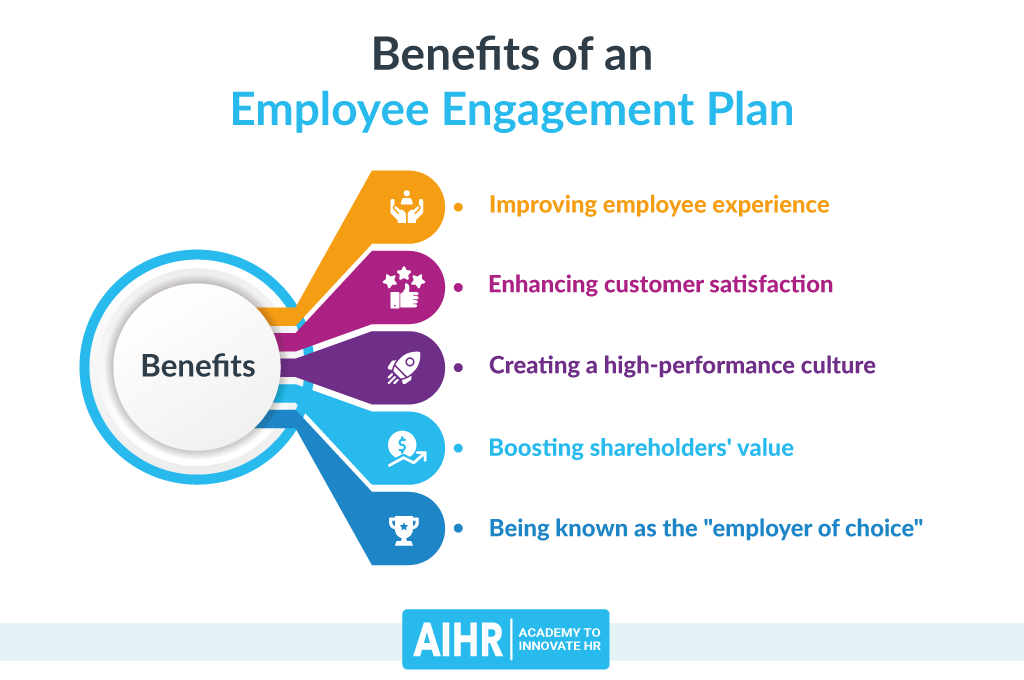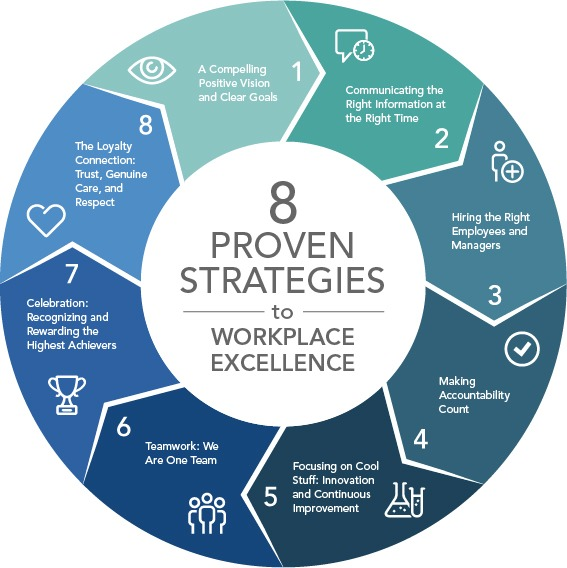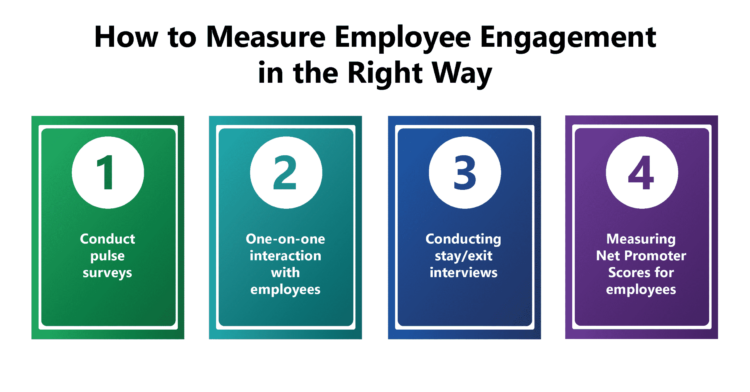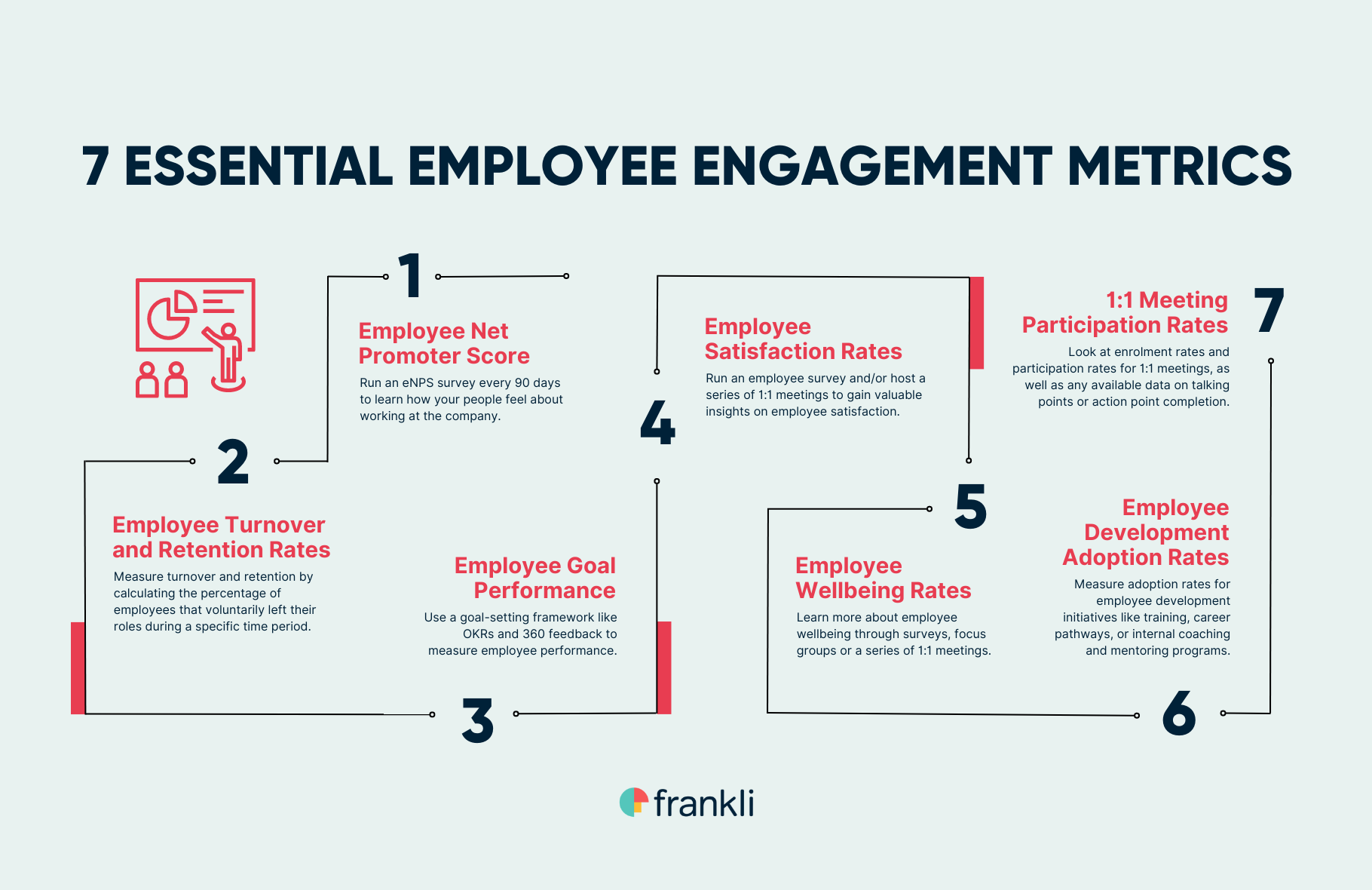A Guide to Building a Successful Employee Engagement Program in 2024

Table of contents
- What is an Employee Engagement Program?
- What is the Importance of Having an Employee Engagement Plan?
- How to Create Successful Employee Engagement Programs?
- How do you measure the success of employee engagement programs?
- Key Elements of Successful Employee Engagement Programs
- Wrapping Up
- Frequently Asked Questions
- 7.1. What is the primary purpose of an employee engagement program?
- 7.2. How can ProHance enhance the effectiveness of employee engagement programs?
- 7.3. Why is it essential to measure the success of employee engagement programs?
- 7.4. Can employee engagement programs positively impact company culture?
Employee engagement has become a buzzword in modern corporate culture, and for good reason. In the ever-evolving landscape of business, companies are recognizing the pivotal role that engaged employees play in driving success.
In this guide, we will delve into what an employee engagement program is, why it’s crucial for your organization, how to create successful programs and the primary elements that contribute to their success.
What is an Employee Engagement Program?
An employee engagement program represents a strategic initiative crafted to foster a positive work environment, enhance employee satisfaction, and improve overall productivity.
It goes beyond traditional approaches and seeks to create a welcoming workplace where employees are not just present but actively invested in their roles and the company’s success.
At its core, an employee engagement program aims to align the goals and values of the organization with the individual aspirations of its employees.
It involves creating an inclusive and supportive atmosphere that focuses on collaboration, innovation, and a sense of belonging among the workforce.
Signs of an Engaged Employee:
- Enhanced level of motivation
- Desire to learn, pick up new skills with a growth mindset
- Deliver beyond expectations
- Fostering healthy communication with co-workers.
What is the Importance of Having an Employee Engagement Plan?
In a world where the lines between work and life blur, the significance of having a robust employee engagement plan cannot be overstated.

Boosts Productivity
A well-designed engagement plan can ignite enthusiasm, leading to increased efficiency and higher-quality output.
In today’s contemporary work environment, employee engagement results in a notable enhancement of overall productivity, with an increase ranging from 20% to 25%.
Enhances Employee Satisfaction
When employees feel valued and well-connected to their work, job satisfaction increases. This, in turn, reduces turnover rates and contributes to a stable, motivated workforce.
According to a recent study, 84% of employees who were highly engaged received recognition the last time they went above and beyond at work, in contrast to just 25% of actively disengaged employees.
Fosters Innovation
An engaged workforce is more likely to share ideas, collaborate, and think creatively. This can result in innovative solutions and a competitive edge in the market.
As per Gallup’s comprehensive analysis, business or work units with the greatest levels of employee engagement demonstrated a 21% increase in profitability compared to units in the lowest quartile.
Improves Employee Retention
Employees who feel a sense of purpose and fulfillment in their roles are less likely to seek opportunities elsewhere. This helps organizations retain top talent and reduce recruitment costs.
A lack of employee engagement poses a significant financial challenge! The average expense for businesses to recruit new talent is $4,700, coupled with an onboarding cost of approximately $986. This implies a loss of nearly $6,000 every time an employee departs, in addition to the intangible cost associated with losing a seasoned team member!
Positively Impacts Company Culture
A strong employee engagement plan contributes to the development of a positive and inclusive company culture. This can become a key differentiator in attracting new talent and retaining existing employees.
In an extensive and prolonged research project, companies with exemplary corporate cultures, promoting comprehensive leadership initiatives, and demonstrating high regard for their employees, customers, and owners experienced a remarkable 682 percent growth in revenue.
How to Create Successful Employee Engagement Programs?

Now that we’ve established the “why,” let’s explore the “how.” Here are key steps to consider:
Understand Your Employees
Begin by understanding the needs, expectations, and aspirations of your employees. Conduct surveys, hold focus group discussions, and feedback to gain insights into their experiences.
Define Clear Goals and Objectives
Establish clear and measurable goals for your engagement program. Whether it’s improving communication, promoting work-life balance, or recognizing achievements, having specific objectives will guide your efforts.
Promote Open Communication
Always encourage regular feedback from employees and ensure that they feel heard and valued. Communication should flow seamlessly across all levels of the organization.
Provide Learning and Development Opportunities
Invest in the professional development of your employees. Offer training programs, mentorship opportunities, and career development initiatives. This not only enhances their skills but also demonstrates a commitment to their long-term success.
Recognize and Reward Achievements
Acknowledge and celebrate the achievements and vital milestones of your employees. Recognition can take various forms, from simple appreciation to formal awards.
It’s a powerful motivator that reinforces positive behavior and dedication.
Promote Work-Life Balance
Strive to create a work structure that supports a healthy work-life balance. Encourage breaks, offer flexible working arrangements, and emphasize the importance of well-being.
A balanced lifestyle contributes to both employee satisfaction and productivity.
How do you measure the success of employee engagement programs?

Measuring the success of employee engagement programs is essential for refining strategies and ensuring continuous improvement. Consider the following metrics:
Employee Satisfaction Surveys
Regular surveys can provide valuable insights into the overall satisfaction of your workforce. Ask questions about job satisfaction, communication effectiveness, and perceptions of the company culture.
Employee Retention Rates
Track employee turnover rates. A decrease in turnover is a positive indicator that your engagement initiatives are resonating with employees.
Productivity Metrics
Monitor productivity metrics such as project completion rates, task efficiency, and quality of work. Positive changes in these areas can be linked to increased engagement.
Participation Rates
Measure the participation rates in various engagement activities and programs. High participation often indicates a strong connection and interest from the workforce.
Feedback and Suggestions
Regularly collect feedback and suggestions from employees on the engagement programs. This can help pin-point areas for improvement and ensure that the initiatives align with employee expectations.

Key Elements of Successful Employee Engagement Programs
So, what can you do to make your employee engagement plan successful? You can consider the following elements:
Leadership Involvement
Engaged leadership presets the tone for the entire organization. When leaders actively participate in and support engagement initiatives, it reinforces the importance of the program to the entire workforce.
Clear Communication Channels
Establish clear and open communication channels throughout the organization. Ensure that information flows easily between leadership and employees and among team members.
Continuous Improvement
Employee engagement is a continuous process that requires constant evaluation and adjustment. Regularly review the effectiveness of your programs and be willing to adapt to changing needs.
Inclusivity and Diversity
Create an inclusive environment that values diversity. Recognize and celebrate the unique contributions of every employee, fostering a sense of belonging for everyone.
Flexibility and Adaptability
Acknowledge the evolving nature of work and be flexible in accommodating different work styles and preferences. This includes providing options for remote work, flexible hours, and alternative work arrangements.
Wrapping up
As you explore ways to enhance employee engagement within your organization, consider leveraging innovative solutions like ProHance, a workforce analytics and operations enablement platform.
While the focus of this guide has been on the general principles of successful engagement programs, tools like ProHance can provide valuable insights and support in optimizing your operations and fostering a culture of continuous improvement.
An engaged workforce is a critical asset, and investing in their well-being and satisfaction pays dividends in the long run.
Frequently Asked Questions
Q1. What is the primary purpose of an employee engagement program?
An employee engagement program is designed to create a workplace environment where employees feel connected, valued, and motivated to contribute their best. It goes beyond traditional approaches, fostering a sense of collaboration and alignment between individual aspirations and organizational goals.
Q2. How can ProHance enhance the effectiveness of employee engagement programs?
ProHance, as a workforce analytics and operations enablement platform, plays a crucial role in optimizing employee engagement programs. By providing detailed insights into workforce activities, ProHance helps organizations identify specific areas for collaboration and optimization.
It contributes to the creation of data-driven engagement strategies that’re tailored to the specific needs and preferences of the workforce.
Q3. Why is it essential to measure the success of employee engagement programs?
Measuring the success of employee engagement programs is crucial for several reasons. It helps firms understand the impact of their initiatives on employee satisfaction, productivity, and retention.
Proactively measuring success allows for continuous improvement, ensuring that engagement strategies remain aligned with the ever-evolving needs of the workforce.
Q4. Can employee engagement programs positively impact company culture?
Absolutely. Employee engagement programs contribute significantly to shaping a positive and inclusive company culture. By fostering open communication, recognizing achievements, and promoting work-life balance, these programs create an environment where employees feel valued and connected.
A positive company culture, in turn, becomes a powerful attractor for new talent and a catalyst for employee retention.



